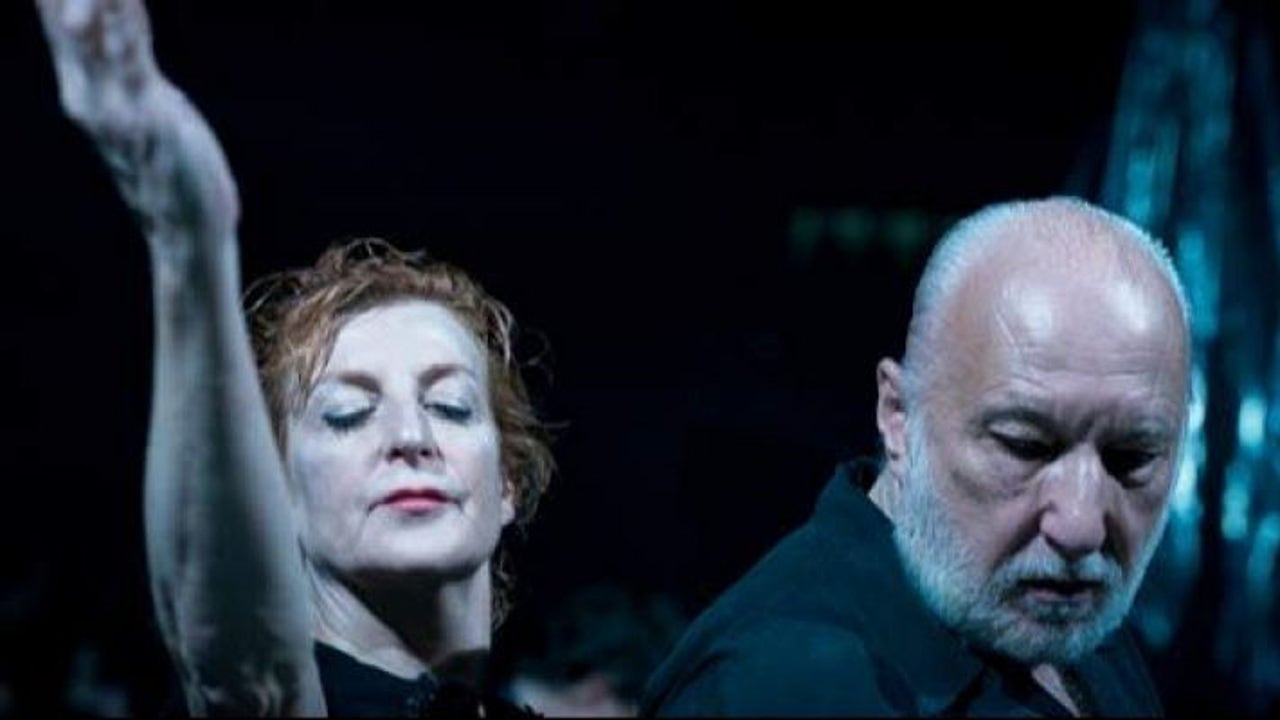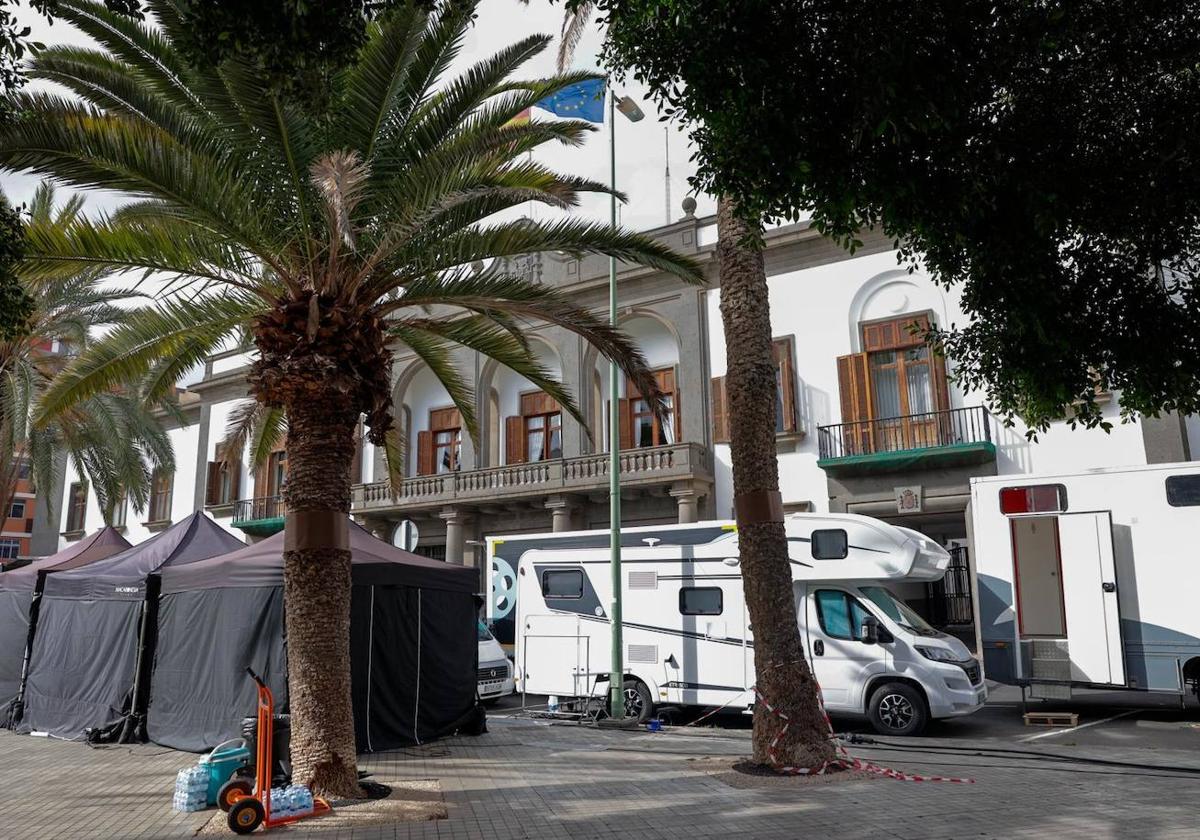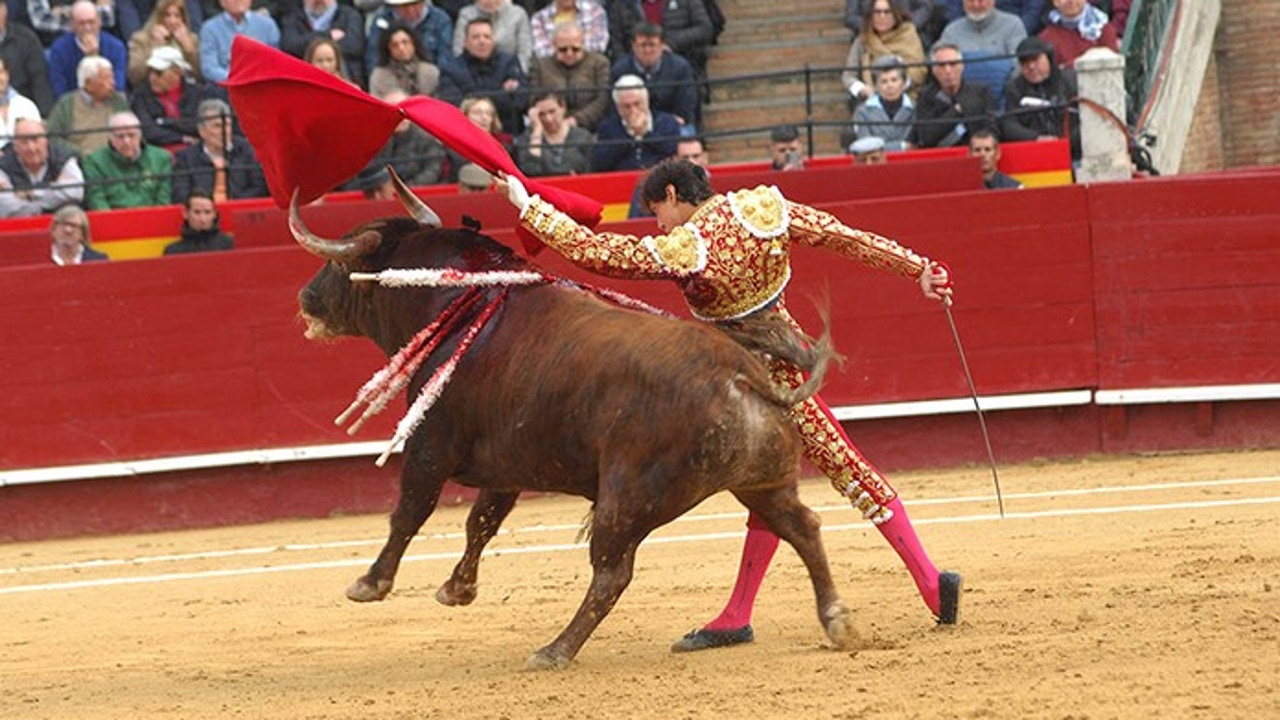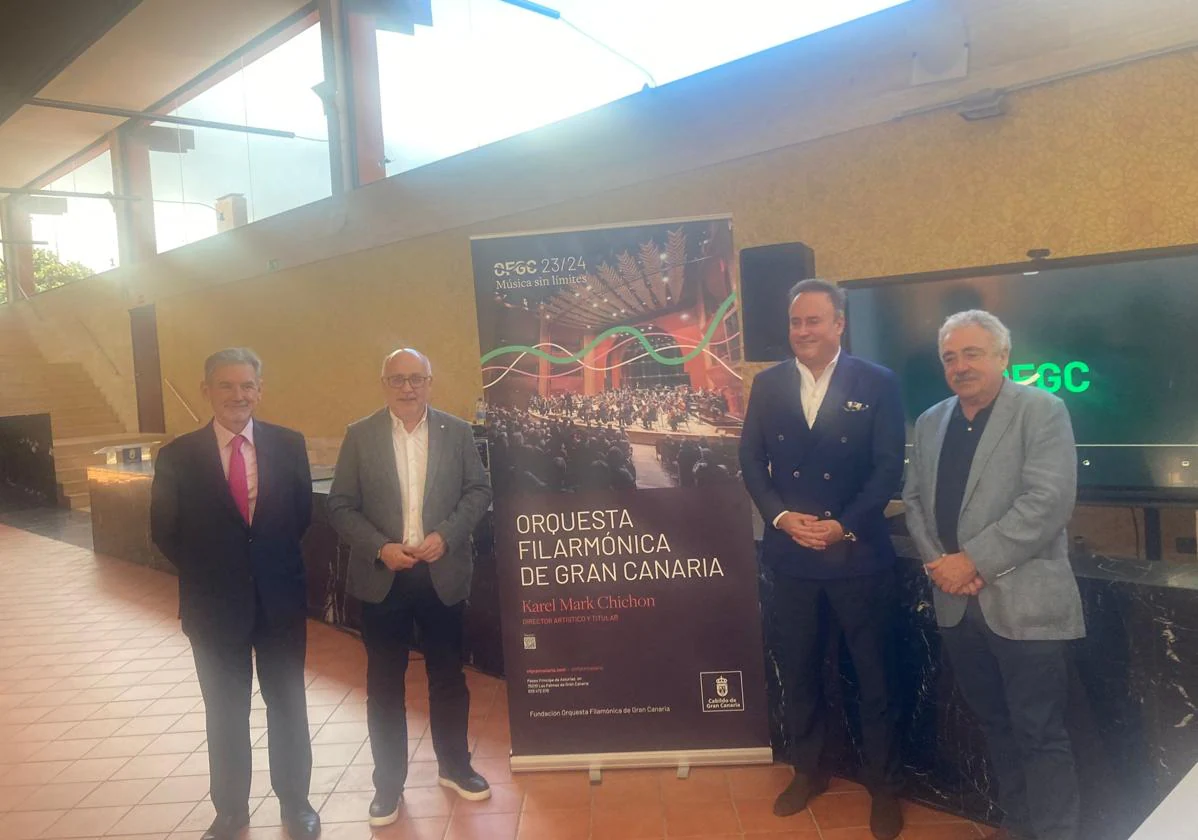"The historical novel can serve to show the hidden history of women"

Like the adventures of Andrea Carbayo de Jovellanos, the protagonist of The daughter of the tides, Pilar Sánchez Vicente's life also passes between Gijón, where she was born 60 years ago and lives today, and Oviedo, where she works. Historian by training, documentary maker by profession and writer by vocation, this enthusiastic Asturian has traveled through various genres, ranging from essays to television scripts to various novels. On Daughter of the tides (Roca editorial), which has just been published, Sánchez Vicente addresses the history of three generations of women who traverse the entire 18th century and the beginning of the 19th with the background of the French Revolution and the War of Independence. "There is no doubt", the author emphatically points out, "that the historical novel can serve to show the hidden history of women."
A selection of the best recent historical novel
Know more
A long-standing feminist, awarded several times for his fight for women's rights, Sánchez Vicente explains why he placed the action of his last book in Asturias in the 18th century. "There was still to write", he comments in a talk with elDiario.es, "a novel about Gijón at that time, the Jovellana period of expansion of the city with the expansion of its port and the palaces of the nobility in that period so turbulent and interesting of the end of the Old Regime. To narrate that environment I needed an instrumental protagonist who also served me to highlight the role of such an important and little known illustrated outside of Asturias as Gaspar Melchor de Jovellanos. Thus things, through Andrea, his daughter in fiction as the result of a youth relationship, I was able to transfer that relationship from you to you, without debts or returns, between the two ".
The novel, with a very careful historical setting and an extensive gallery of protagonists, combines historical figures such as the Jovellanos family, the French writer and revolutionary Olympe de Gouges, a precursor of feminism; or Fernando VII and Napoleón with fictional characters. In the author's opinion, "it helps to know History the fact of inscribing fiction in the reality of an era, while giving fictionalized life to little-remembered real characters who have remained in the shadows". Both are embedded in The daughter of the tides, for the trajectory of Andrea Carbayo de Jovellanos, her mother and her grandmother. Ultimately, they are pioneering and innovative women who broke the mold in their time. In Sánchez Vicente's opinion, "those pioneers were often anonymous women, but forerunners of the feminism that appeared in the mid-nineteenth century." "It is necessary to consider", clarifies the novelist, "that the XVIII century is a very little studied and valued century and to that extent the women of that century were doubly hidden." From there, the novel vindicates a woman teacher and translator, who introduces the printing press from France to Asturias, and who defends freedom of expression as a necessary instrument to change the world and free women from their oppression. In addition, as the background of the story, the classism of a highly established society stands out that prevents by all means the relations between the upper classes (two members of the Jovellanos family, for example) and the subordinate classes, embodied by a maid and a musician.
The French Revolution as a model
On Daughter of the tides the experience of the French Revolution occupies a prominent place and the story plunges into the Paris of that stormy regime change at the hands of the protagonist, who is precisely nicknamed La Gabacha upon her return to Asturias. In fact, France acts as a beacon, as a model for that backward Spain dominated by absolutist kings at a time of clash between the Bourbons, who represent an outdated past, and the Bonapartes who exemplify the new airs of the Enlightenment. "From the war of Independence", affirms Pilar Sánchez Vicente, "the two opposing visions of Spain that spanned the whole of the 19th century were born and where the liberals, then stigmatized as Frenchified, always bear those of losing. As a symbol we find the politician and Asturian military officer Rafael del Riego who also parades through my novel. Pepe Botella ".
The Asturian writer carefully recreates the descriptions of landscapes and peasantry because she maintains that she aspires for readers to perceive the smoke, blood or garbage in the novel and to delve into the daily life of the late 18th and early 19th centuries. "If we do not focus on private life, women disappear from the historical account", argues the author. On the other hand, Daughter of the tides uses a language anchored in eighteenth-century uses, although very readable for a today's reader and where a thorough research task is noted. Through an intense narrative rhythm, based on short sentences and continuous events that are chained, giving play to the ellipsis, Sánchez Vicente intends that the public "bring the past of the story to its present". In line with this reflection, this passionate writer greatly regrets the deficit in historical education that Spain suffers from. "The teaching of History in schools and institutes must be reinforced at all costs," he says, "because the very little attention devoted to women or the lack of knowledge of very recent stages such as the Second Republic is unprecedented. or the Franco dictatorship. If even some sectors allow themselves to deny the need for education for citizenship. "











